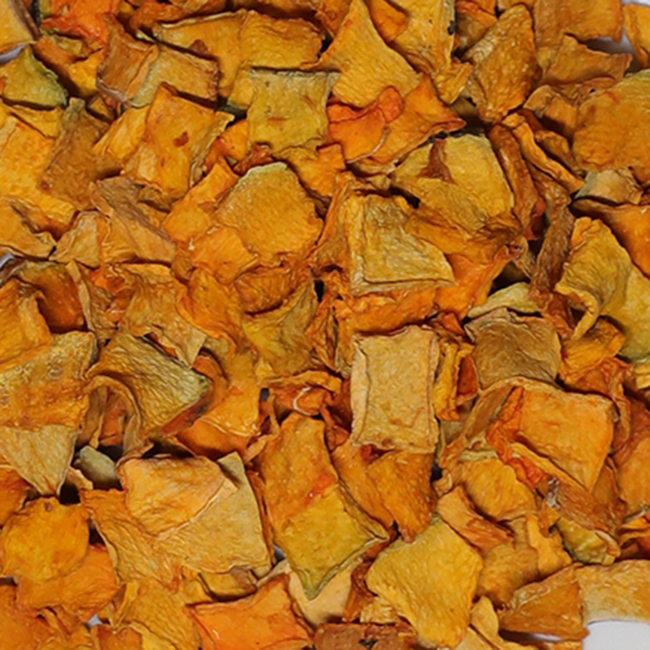I. Agricultural measures: timely cultivating, mulching, ridging
In the bud stage, timely cultivator shall be carried out to break the compaction, loosen the soil, improve the soil moisture, temperature and permeability of the cotton root, inhibit the proliferation of harmful bacteria, facilitate the development of the root system in depth, enhance the absorption of nutrients and disease resistance of the cotton plants, and coordinate nutrition. Growth and reproductive growth are effective in preventing premature aging. Notes for cultivators: High-yield fields with prosperous tendencies after rain or after watering should be properly deepened to prevent prosperous cultivation. For weak and weak cotton plants, shallow cultivator should be dominated by sorghum. In late June, timely removal of the mulch, ridging the soil to facilitate the roots under the bar, can play a role in drought prevention, flood control, lodging, prevent premature aging; earth should not be too late to open the ditch, so as not to cause excessive rooting, causing premature aging.
Second, drug control: sterilization + nutrition
The occurrence of wilt is before and after budding of cotton, generally in mid-to-late June. Because wilt disease is fierce and heavy, and this year's rainfall is large, it is likely to cause widespread epidemic of wilt, so in June In the first half of the year, the use of carbendazim, polyoxygenase, or Bixidan, etc., for effective spraying of foliar sprays at intervals of 5-7 days and even spraying 2-3 times can effectively prevent and cure the occurrence of cotton wilt. When spraying fungicide, it is necessary to add hormone-free, full-nutrition biological foliar fertilizers, such as ecological sources or Kunyuan 588, and it is strictly forbidden to use hormone stimulating seedlings. This is tantamount to detoxification and growth, which is counterproductive. The specific formula is (15 kg of water per barrel):
Formula One: Kunyuan 588 or 40 ml of eco-source 40 ml of oxygen + 4-5 grams of streptomycin.
Formula II: Kunyuan 588 or 40 ml of ecological source + Bixiu Dan 20 grams.
Application method: Spray evenly on both sides of the blade before 9 o'clock in the morning or after 5 o'clock in the afternoon. It can effectively control the diseases of cotton fields, cultivate strong seedlings on disease-free plots, improve immunity, and effectively prevent the occurrence of premature senescence and brown wilt.
The main processing process of dehydrated pumpkin slices includes raw material cleaning, finishing and cutting, blanching, dehydration and packaging.
Pumpkins for dehydration should be selected from ripe pumpkins with good flavor, smooth skin and orange-red flesh.
Washing Dry the pumpkin in clean water to remove dirt such as mud.
Sorting and cutting Remove the stem of the washed pumpkin, then cut it into two halves with a knife, and peel off the outer skin and the inner pulp and seeds. Cut it into 3-4mm or 6-7mm thin slices (you can also use a grater to smash into filaments).
The blanched and cut melon slices are treated with steam or boiling water for 1-3 minutes, then quickly cooled with cold water, and the water droplets are drained.
Dehydration Put the blanched pumpkin slices into a baking sieve for dehydration. The drying temperature is first controlled at 45-60 °C, and then gradually increased, but cannot exceed 70 °C. Dry until the moisture content of the dry product is below 6%.
The product requires that the dehydrated pumpkin slices should be light yellow or orange, flaky or filamentous.

Freeze Dried Pumpkin,Pumpkin Diced,Diced Pumpkin,Air-Dried Pumpkin
Topower Technology Limited , https://www.topower-foods.com